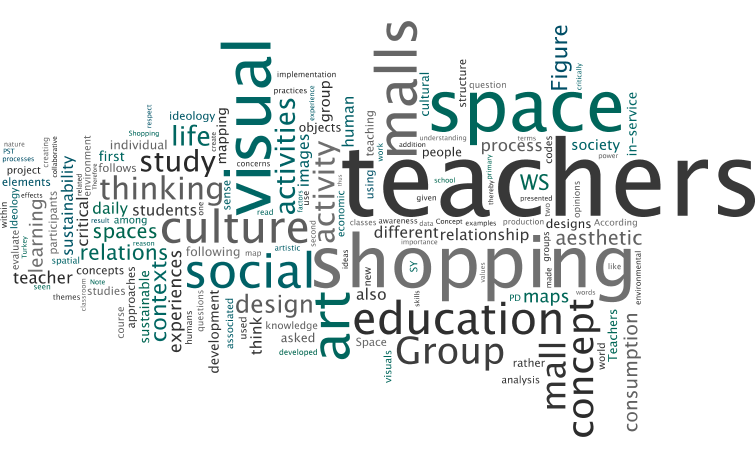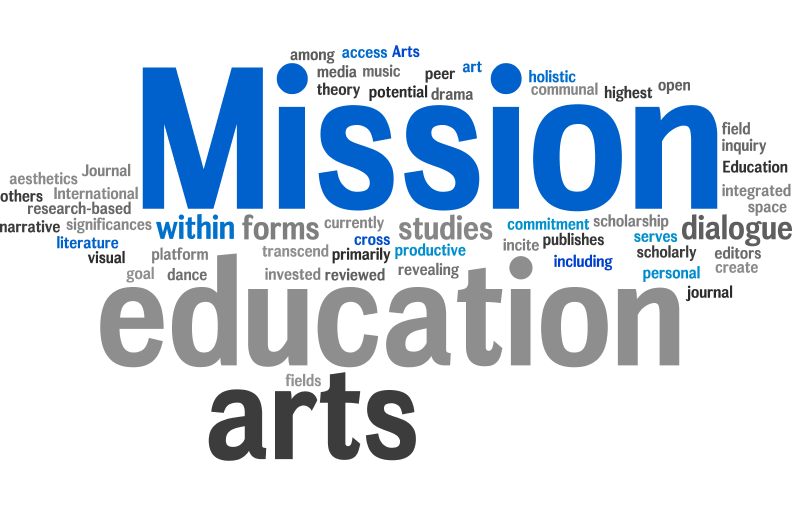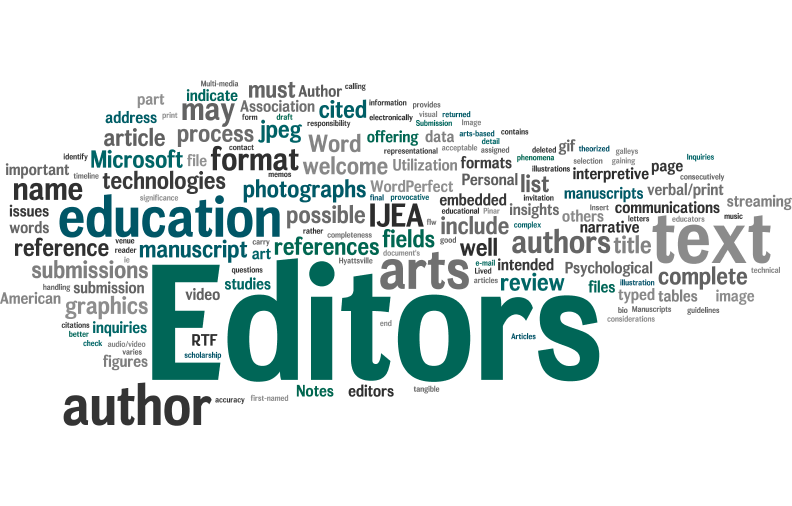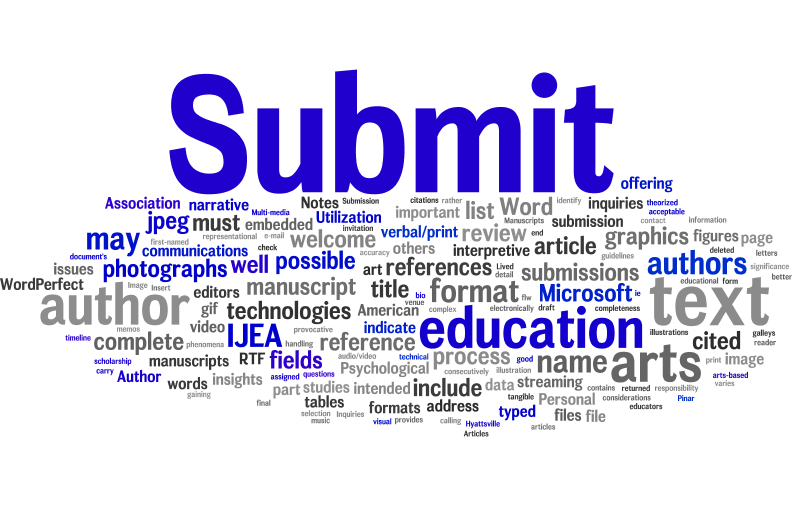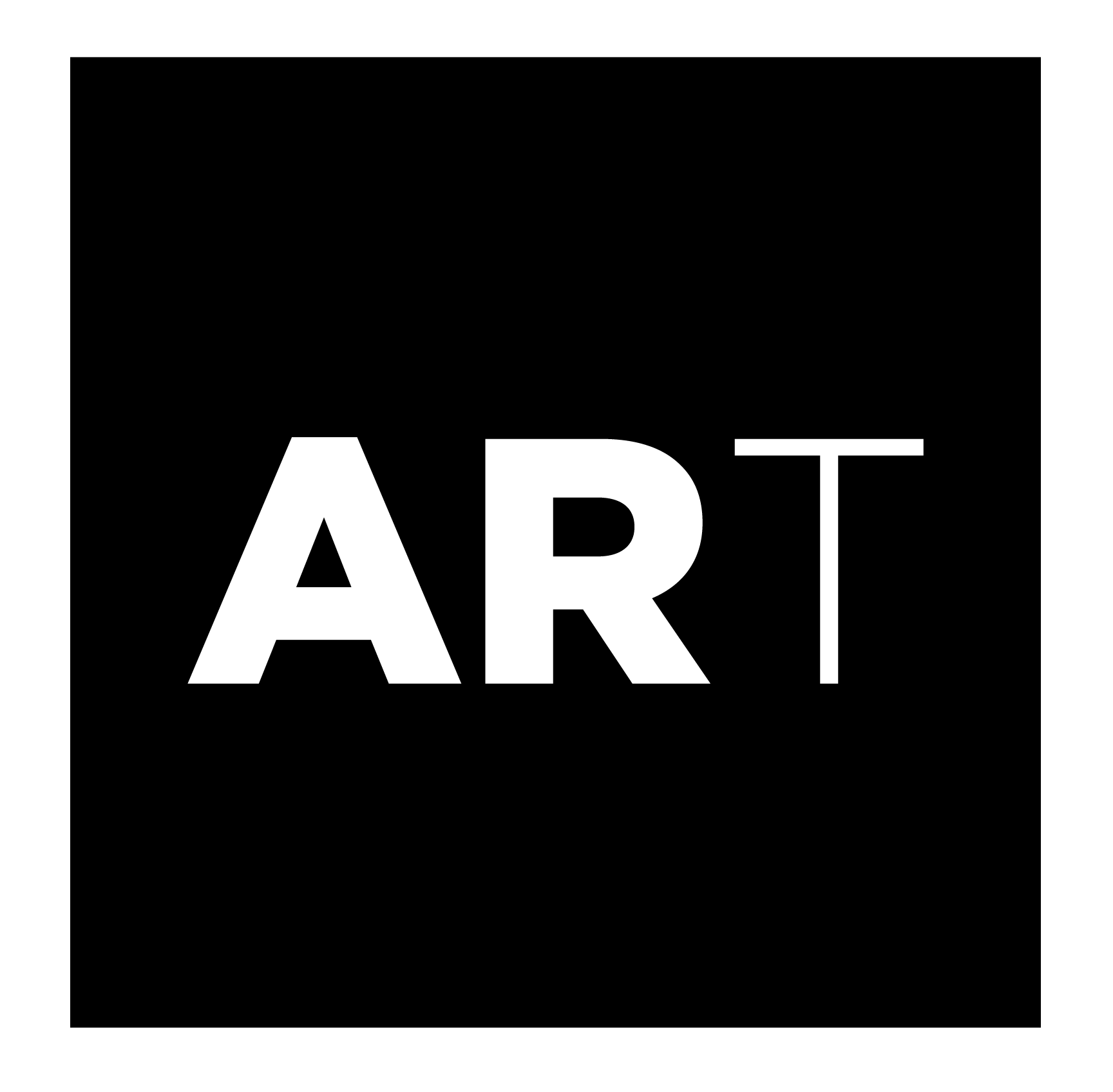| Volume 21 Number 27 | September 30, 2020 |
A Critical Analysis of Aesthetics and Cultural Texture of Shopping Malls in Teacher Education: The Ideology of Space
Nuray Mamur
Pamukkale University, Turkey
Citation: Mamur, N. (2020). A critical analysis of aesthetics and cultural texture of shopping malls in teacher education: The ideology of space. International Journal of Education & the Arts, 20(27). http://doi.org/10.26209/ijea21n27Abstract
This case study addresses an activity called "Ideology of Space" in the context of a visual culture-based in-service teacher education program. In the study, teachers applied a multidimensional analysis to mall spaces, which serve as a good example of everyday aesthetics. The activity consisted of a series of implementations aimed at examining how ideology is experienced through spaces in daily life. It included pedagogical approaches that encouraged teachers to critically evaluate the shopping malls they visited by using their knowledge and aesthetic value judgments to examine elaborately the shopping malls, not only in the context of the economy but also within the cultural, political, and environmental contexts. The implementation process focused on visual culture and sustainable learning. The participants of the research were primary classroom teachers and secondary school visual arts teachers. In the study, the analysis unit encompassed the experiences of the teachers who attended the activity. While tracing the aesthetics that leak into every area of life with different functions through space, teachers examined the social, environmental and economic dimensions of such leakage and were encouraged to question their own teaching processes. The results denoted that the activity enhanced teachers’ learning experiences and, by this means, promoted their professional and personal development. Teachers’ expressions revealed that the visual art teachers rarely use learning approaches that nurture the intellectual process before implementing lessons in their classes. Furthermore, the educational process enabled teachers to critique themselves with regard to the use of cognitive and interactive pedagogies in their classes. Teachers developed ideas to improve their own art lesson activities through the experiences they gained during the activity.
Visual Abstract
This article is available in PDF format.
